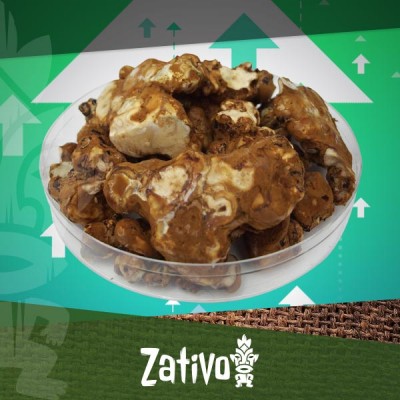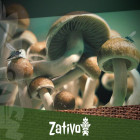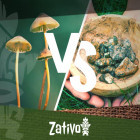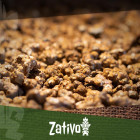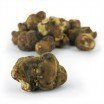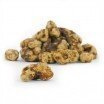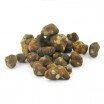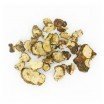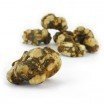Don't have an account?
Register NowYou have to add to cart at least 5 bottles or any program to make checkout.
- BlogHow To Grow Your Own Magic Truffles
How To Grow Your Own Magic Truffles
Published: October 3rd, 2017
Categories:
Magic Mushrooms
Fungi truly are a magnificent and fascinating branch of life on Earth. They play a vital role in the environment and their DNA is surprisingly closer to that of animals than it is to plants.
Adding to the extensive list of impressive attributes that mushrooms possess, the largest organism ever detected was a network of mycelium covering 2,200 acres underneath the Malheur National Forest in Oregon.
The fungi humans interact with the most vary from delicious gourmet delights all the way to the other end of the spectrum, that is inhabited by those of a psychotropic variety. Most notably among these are psilocybin containing mushrooms, or “magic” mushrooms.
This type of fungi has been used on Earth for many different generations to stimulate psychedelic experiences and the seemingly many benefits that occur from doing so.
However, the mushroom itself is not the only form that psilocybin mushrooms emerge in. Sclerotium, or plural sclerotia, is a dense manifestation of fungal mycelium, that stores excess food for the mushroom, enabling it to survive extremes that occur within its environment.
These tougher pieces of the mycelium network of a mushroom enable its adaptation of a resistance against extreme temperatures, undesirable humidity and shortages of water. The sclerotium form is also part of the life cycle in some types of fungi and resembles nuts or small stones in appearance.
There are many different species of psilocybin mushroom on earth, but only a small quantity of this catalogue possess the ability to grow sclerotia. Of these varieties are Psilocybe tampanensis, Psilocybe pajaritos, Psilocybe mexicana sclerotia, Psilocybe atlantis and Psilocybe hollandia. The
The scleorita of these species, often referred to as “magic truffles”, contain the psychoactive compounds psilocybin and psilocin, making them popular among psychonauts.
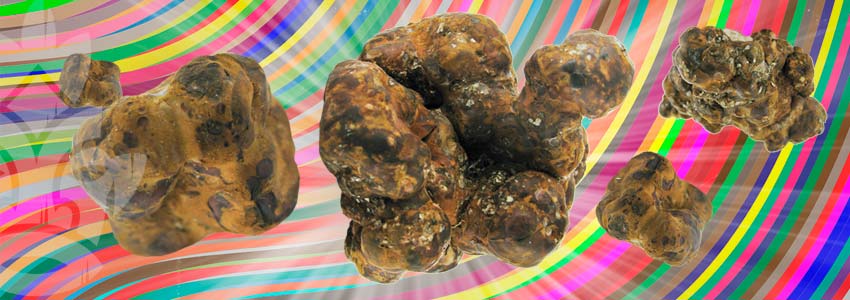
HOW TO GROW TRUFFLES
One method of growing truffles is to start from scratch. This will require you to obtain all of the raw materials needed to complete the process. Truffles grow in a type of medium known as substrate. A substrate is a layer of material that truffles need in order to obtain nutrients and grow, much like a plant growing within
A substrate is a layer of material that truffles need in order to obtain nutrients and grow, much like a plant growing within soil. A popular choice of substrate for growing truffles is the simple and humble grass seed.
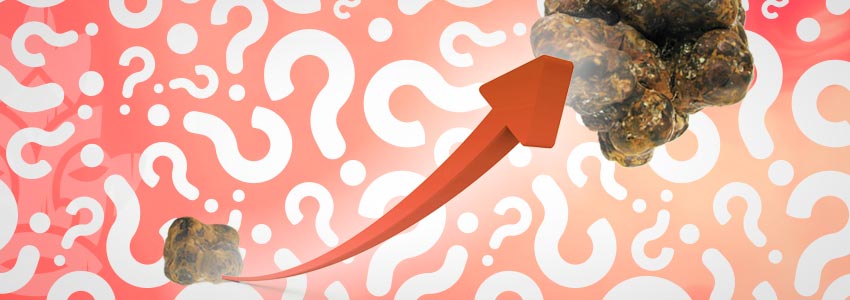
- You will need to select a container; glass mason jars are a great choice. Wash this out as thoroughly as possible.
- Fill your glass container roughly half way full with substrate in order to allow room for expansion, fill the glass with water and let it sit for a period of 12 hours.
- Drain your substrate after this time has passed. Now it is time to sterilize the substrate and by doing so making it ready for inoculation.
- This can be done by making holes in the lid of your container to allow pressure to be released, and putting the container into a pressure cooker for about an hour on 15 psi.
- The following point is very important for your safety. Be sure, that you use a mason jar and not a regular glass jar when sterilising, so the glass does not explode. Also allow pressure to leave the jar by putting the lid of loosely and by piercing holes within the lid.
- After the substrate has been sterilized and has cooled down, shake the material in order to prevent any clumps forming.
- Now is the time to inoculate the substrate. This can be done simply using a spore syringe. Once injected, put on a lid without a hole and shake the material again to distribute the spores as evenly as possible.
From this point on your material will need to be put into an environment of between 21 and 25 degrees celsius for around 2 to 4 weeks. This can be achieved by housing it within an incubator.
Once this period has finished, the mycelium will have successfully colonized the substrate. From this point on it is purely a waiting game. Regularly check to make sure your mycelium is growing at the desired temperature. In around 3 to 4 months you should be rewarded with fully grown truffles.
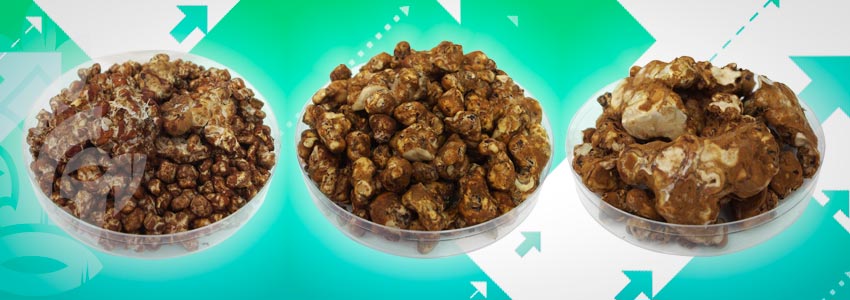
GROW KITS
A far easier and convenient option to grow truffles is by purchasing a ready-made grow kit. These handy kits contain material, that is already inoculated and colonized. All you have to do with these kits is wait for your truffles be grow and become fully formed.

